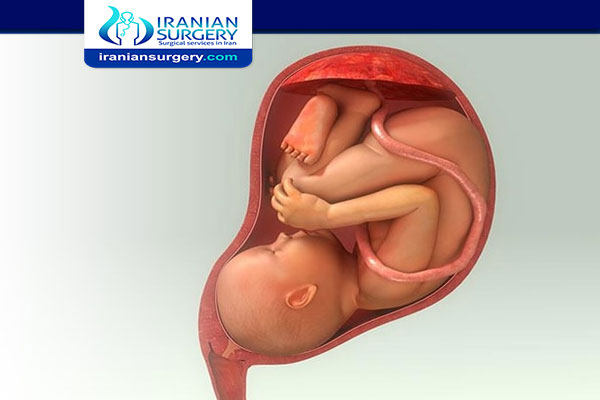What is Cervical Cerclage Removal?
A transvaginal cervical cerclage is typically removed at around week 37 of pregnancy — or at the start of preterm labor.
A McDonald cerclage can usually be removed in a health care provider's office without anesthetic, while a Shirodkar cerclage might need to be removed in a hospital or surgery center. After having a transvaginal cervical cerclage removed, you'll typically be able to resume your usual activities as you wait for labor to begin naturally.
If you expect to have a C-section and plan to have children in the future, you might choose to leave a Shirodkar cerclage in place throughout your pregnancy and after the baby is born. However, it's possible that the cerclage could affect your future fertility. Consult your health care provider about your options.
If you had a transabdominal cervical cerclage, you'll need to have another abdominal incision to remove the cerclage. As a result, a C-section is typically recommended. Your baby will be delivered through an incision made above the cerclage. During the C-section, you can choose to have the cerclage removed or leave it in place for future pregnancies.
Read more about : How to burst a bartholin cyst at home?
Is Cerclage Removal Painful?
You will not normally need anesthetic for removal of the cervical cerclage. A speculum is inserted into your vagina and the cerclage is cut and removed.
It usually takes just a few minutes and you may experience some discomfort. Occasionally, you will be advised by your healthcare professional that you will need an anesthetic for removal of the cerclage.
You may notice some blood staining or vaginal spotting afterwards. This should settle within 24 hours but you may have a brown discharge for longer. If you have any concerns, you should tell your healthcare professional.
If you go into labor with the cervical cerclage still in place, you should contact your maternity unit straight away. It is important to have the cerclage removed to prevent damage to your cervix.
If your waters break early but you are not in labor, the cerclage will usually be removed because of the increased risk of infection. The timing of this will be decided by the healthcare team looking after you.
Source:
https://www.mayoclinic.org/tests-procedures/cervical-cerclage/about/pac-20393435


